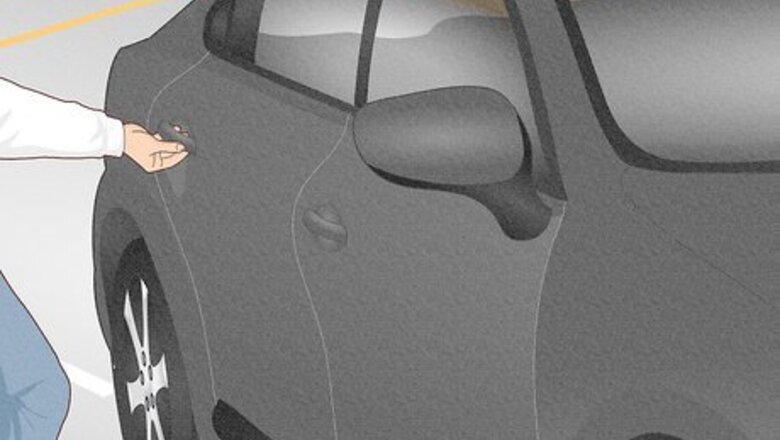
views
- Check for unlocked doors or other ways to get into your car before you resort to more complex methods.
- Thread a shoestring with a slip knot through the door to pull up a post lock.
- Straighten a coat hanger and slip it between the window and the weatherstripping to pull up the locking mechanism.
- Inflate a blood pressure cuff to create a gap between the door frame and the car that you can stick your arm or a tool through.
Getting Help
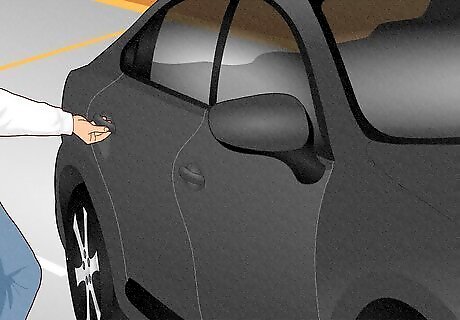
Check all the doors to see if any of them are unlocked. It sounds pretty obvious, but it's really easily overlooked—and it's not your fault! The way your brain works, when something tense or suspenseful is going on, the brain narrows and focuses your attention on that one thing. If you just shut the driver's door and locked your keys inside, you probably didn't think about anything else. Taking a walk around the car and checking all the other doors also gives you the opportunity to take a few deep breaths so you can calm down a little.
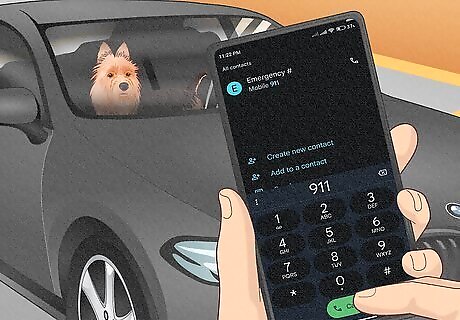
Call the emergency number if a child or pet is trapped inside. If you have your phone, dial 911 or your local emergency number. A first responder will come and open your car door for you—and they'll typically get there pretty quickly if it's an emergency situation. Don't use this option unless it genuinely is an emergency, though (running late is not an emergency). The first responder might not always use the least destructive option to get into your car. If they break a window, for example, you'll be on the hook for replacing it. But if it's truly an emergency, that's a small price to pay.
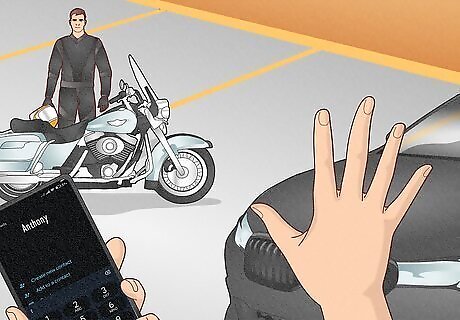
Contact a friend or family member to get the spare key. If someone else in your family has a key to your car, or if you have a spare at home, call or text whoever's available to help you out. It might take them a few minutes, but they'll likely be quicker than a locksmith (and they'll definitely be cheaper). If you do have a spare key, attach it somewhere on the underside of the car with a magnetic key safe so you'll have it on hand if this happens again.
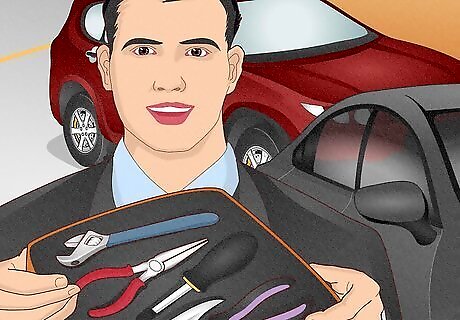
Check your surroundings for possible solutions. When you accidentally lock your keys in your car, you're typically at a residential or commercial location. Take stock of what's around you and make note of what could be beneficial to you. Here are some ideas to help: At home: If you're at home, do you have a spare key inside the house? Even if your house key is on your key ring with your car key, it's usually easier to break into the house. At a school: Go to the office and let them know what's going on. Most schools have a courtesy officer on duty who might be able to help you out. On larger campuses, try an administrative office or the student union, or just look for campus security. At a shopping center: If there's a security guard, they'll likely be able to help you out. If not, look for a grocery store, discount store, hardware store, or pharmacy—they're your best bets to find tools that might help you. In a parking lot: If there are any other drivers around, one of them might have an emergency kit or other tools in their car that would be helpful.
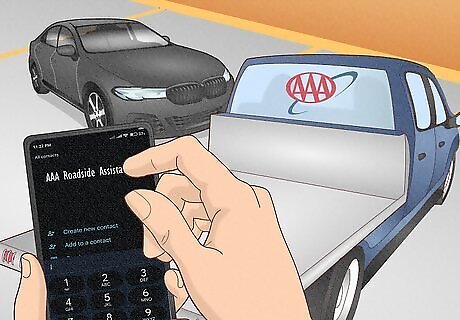
Call roadside assistance if it's available to you. If you're a member of AAA or have roadside assistance through your car insurance, you can likely get a professional to come out and unlock your car for free. You already pay to have these services available to you when you need them, so take advantage of it! Some manufacturers also have roadside assistance programs available for their vehicles. If there's one available for your car but you don't have it activated, you can typically get it started on the spot. You can always try the DIY options if you find out they're going to take longer than you'd like—and if they don't work, you'll still have someone on the way!
Trying a Shoelace
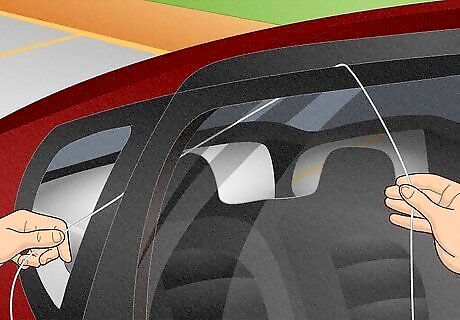
Slide the center of a shoelace over the corner of the door. Take one of the shoelaces out of your shoes (you can also use twine or fishing line). Go to the top corner of your door directly over the lock and work the middle of the shoelace behind the door frame. It can take a little doing to get it wedged in there—keeping it flat will help. Work it down into the corner enough that you can just see the shoelace inside the car from the top corner of the window.
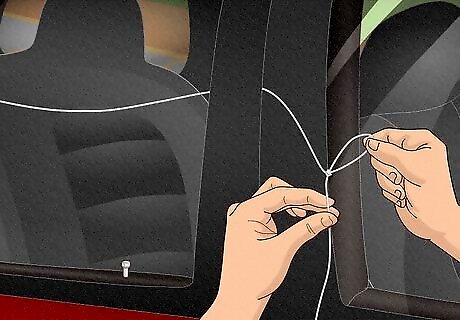
Make a slip knot on the right-hand side of the shoelace. With the string stuck in the door, make a loop just to the right of the door frame, then make another loop just beside it. Feed the second loop through the first loop and pull to create a slip knot. The loop behind the knot is the part you're going to try to fit over the door lock post to unlock the door. If you don't have a post, you might be able to fit the loop around the handle in the door, but you won't be at the right angle to pull it out and open the door.
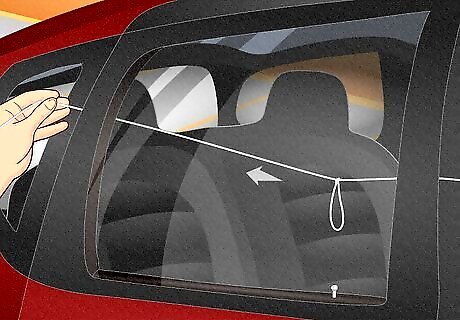
Pull the left end of the shoelace to get the slip knot past the door seal. Give yourself a generous amount of loop so you won't lose it in the process of trying to get it past the door seal. This can take a little bit of effort, but if you're pretty dexterous it shouldn't be too hard to get the loop and the slip knot inside the car. If you've got something you can use as a wedge, stick that in the corner between your door frame and your car to make the gap between them a little wider. That'll make it easier for you to get the knot through. If you use a wedge, take it out as soon as you get the knot through the door. You actually need the door frame and the car to be relatively tight so you can control the shoelace.
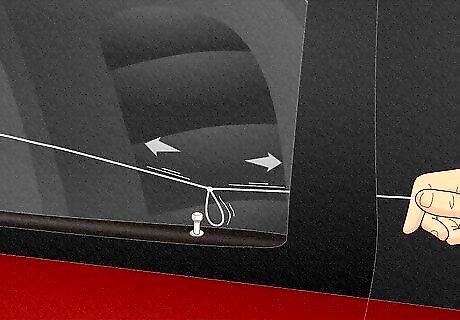
Wiggle the shoelace back and forth to move it down the door. Pretend your window is a giant tooth and your shoelace is a piece of dental floss. Move it down diagonally from the corner using a sawing motion. Stop when you get to the point where the slip knot you created is touching or right over the post for your door lock.
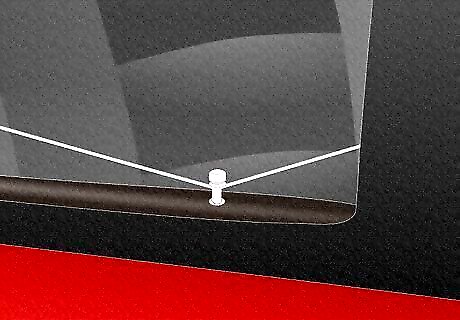
Position the loop around the lock post and tighten it. Move the shoelace back and forth in that same sawing motion to adjust the specific location of the knot until the loop falls over the post for your door lock. Then, carefully pull both ends of the shoelace to tighten the loop around the post. Go slowly here and make sure the loop is completely around the post so it will tighten around it rather than slip off.
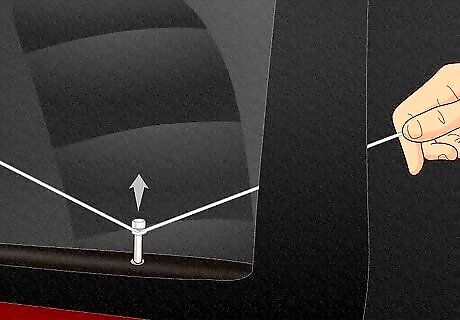
Pull the tightened loop upward to unlock the door. With the loop tight around the post, make a short upward flick with your wrists to pull the post up and unlock the door. Immediately open your door and remove the shoelace. Your shoelace might be a little frayed, but it shouldn't be damaged to the point that you can't put it back in your shoe and continue to use it.
Using a Wire Coat Hanger
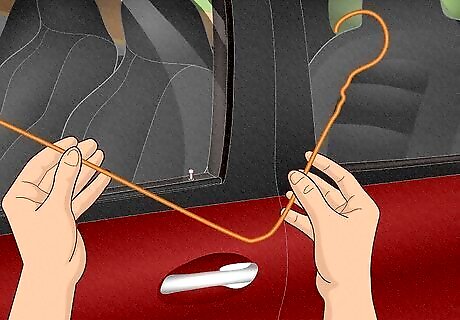
Straighten out a wire coat hanger. This is a classic technique to get into a locked car with a manual lock—the only problem is you probably don't have a wire coat hanger on you. If you're in a commercial area, look for a laundromat or dry cleaners. Any other kind of retail store also might be an option. No coat hanger available? Any kind of long, bendy wire will work as long as it's stiff enough to hold its position when you bend it in place. That spiral where the hanger meets the hook can be difficult to bend open. If you happen to find a pair of pliers, they'll make the job a little easier.
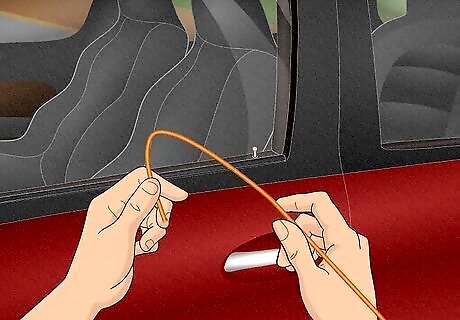
Bend one end of the coat hanger into a "V" shape. Take the "hook" part of the coat hanger and bend it just a little bit more, so that it's more of a "V" shape than a "U" shape. This will make it easier for you to hook it under the locking mechanism so you can unlock your car.
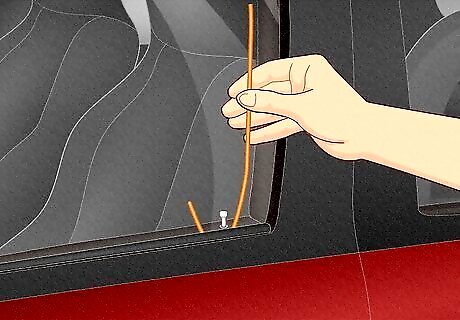
Slide the "V" end between the window and the weatherstripping in the door. Press the long wire part of the straightened coat hanger up against the window right above your car's door lock. Peel the rubber flap of weatherstripping away from the window so it doesn't get pushed down into the gap and make it more difficult for you to move the coathanger. Then, push the "V" down between the rubber weatherstripping and the window itself.
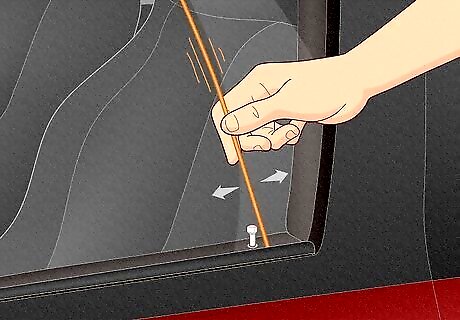
Wiggle the coat hanger around until you feel the locking mechanism. This requires close attention because you can't see what you're doing. Move slowly and make tiny movements until you hit something that feels like a pin or a bar—that's likely the locking mechanism. If you have post locks, watch the post as you tap on the pin or bar you've found. If it's the locking mechanism, the post will jiggle a little when you tap it. Be really careful if you have side airbags in your door—it's easy to accidentally deploy them. Stay perpendicular to the lock itself to avoid this.
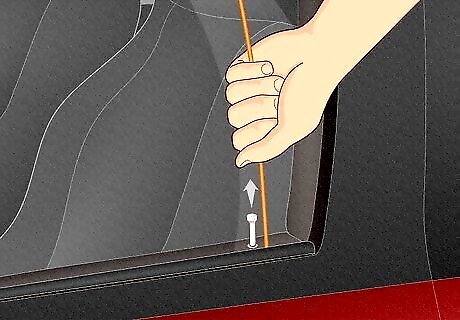
Snag the locking mechanism in the "V" and pull to unlock the car. Generally, you want to pull this mechanism back toward the rear of the car—but for some cars, you'll want to pull up instead. When you've got the pin or rod secure in the "V," you can wiggle it around and see what works. If you've got a post lock, you'll have visual confirmation that you've unlocked your car because the post will come up. Otherwise, listen for that satisfying click. Open the door immediately, then pull out the coat hanger. That way, if you accidentally snag the locking mechanism again, you'll already be in your car.
Using a Blood Pressure Cuff
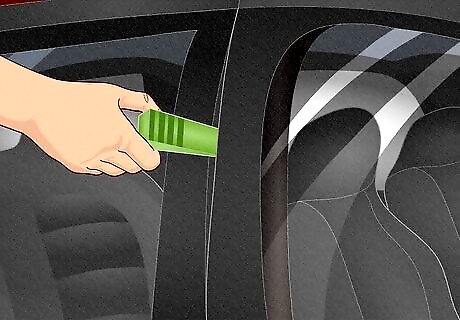
Pry open a gap between the door frame and the car. This works easiest if you have something you can use as a wedge, like a rubber door stopper. If you don't have such a thing, you'll have to rely on finger power.
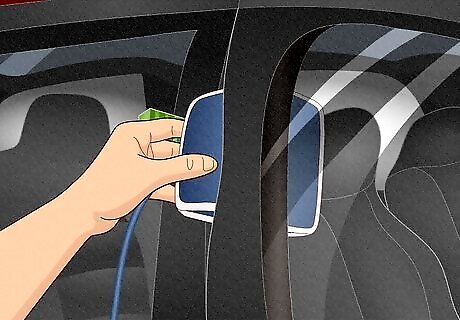
Slip the blood pressure cuff through the gap. If you've got someone helping you, one of you can hold the gap apart while the other slides the blood pressure cuff through. It doesn't have to be a lot, just enough that the inflatable part is in between the door frame and the car. Don't have a blood pressure cuff? If you're near a store, they might have one in their emergency kit. Discount stores or pharmacies typically have them too. This is the same method the pros use, and it works for any kind of lock! Car lockout kits have inflatable bladders designed for this purpose if you want to have one handy.
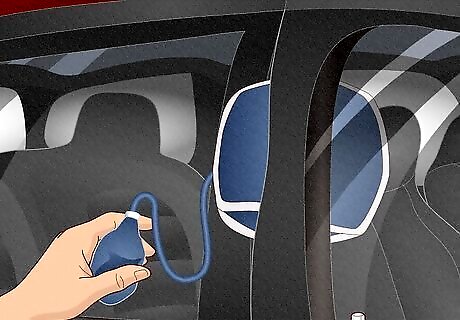
Inflate the blood pressure cuff slowly to widen the gap. Keep the gap open just a little while you're first inflating the cuff. After you've got a little air in it, it should hold the gap open on its own. Keep pumping to widen the gap further. Go slowly and be careful not to over-inflate it. If you have a tool you plan to use to reach in the car, test it every couple of pumps to see if it'll fit through the gap. If you don't have a tool, you'll have to inflate the cuff enough that you can get your arm through the gap. It might be easier to reach through if you get on top of the car.
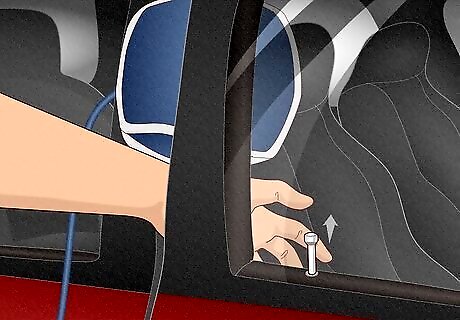
Reach in through the gap to unlock the door or retrieve your keys. When you've got enough of a gap, use your tool or your arm to reach into the car. From there, you can either unhook the door latch or grab your keys if they're close enough. If you're reaching in yourself, extract your arm from the gap before you open the door to avoid injury.















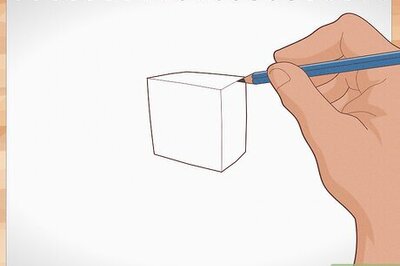
Comments
0 comment